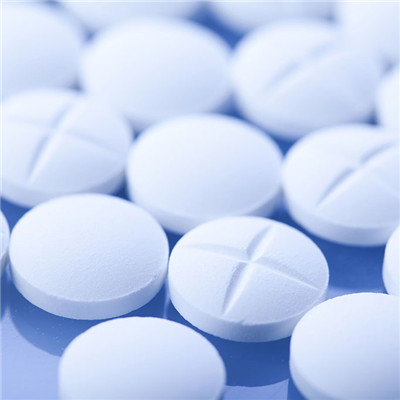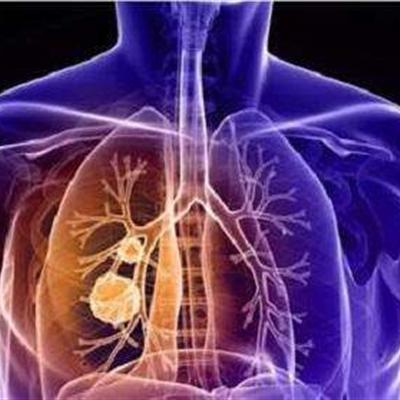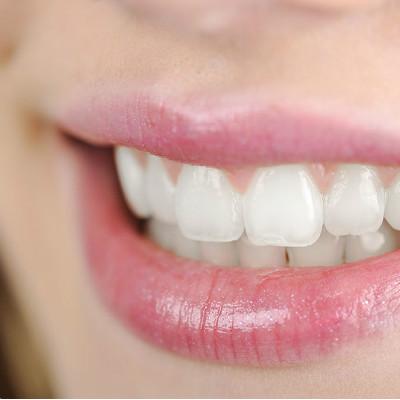Symptoms and clinical manifestations of oral cancer?
summary
If we meet these symptoms, then we should go to the regular hospital for diagnosis and treatment in time. So, what are the common symptoms of oral cancer? Now let's have a detailed understanding.
Symptoms and clinical manifestations of oral cancer?
Ulcers: oral cancer often ulcers, typical performance for hard, irregular edge uplift, uneven base of the infiltrating mass, ulcer surface affects the whole tumor area.

Mass: oral cancer originates from oral mucosa epithelium, and its mass is formed by proliferation of squamous epithelium. No matter ulcers or deep infiltrates into the oral cavity, the masses are superficial and cancerous lesions can always be seen on the mucosa. In addition, oral cancer first metastases to the neck lymph nodes nearby, sometimes the primary focus is very small, even the symptoms are not obvious, and the neck lymph nodes have metastasized and become larger. Therefore, if cervical lymph node enlargement suddenly appears, the oral cavity should also be carefully examined.

Pain: early oral cancer generally painless or only feel abnormal or slight tenderness, accompanied by mass ulcer occurs more obvious pain, but the degree of pain is not as severe as inflammation. Therefore, when patients complain of pain, especially gingival pain or Glossalgia, they should carefully check whether there are induration, lumps and ulcers in the pain area. If you have pain or tongue pain, you should carefully check the pain for induration, mass and ulcer. If there are above-mentioned signs in pain area, cancer should be highly suspected. In oral cancer, tongue cancer and gingival cancer have more early complaints of pain. If the pain site is not consistent with the site of oral mass ulcer, the possibility of tumor spreading to other sites should be considered.

matters needing attention
Plaque: when oral cancer is located in the superficial, it can be a plaque with superficial infiltration, and it is difficult to differentiate from leukoplakia or hyperplastic erythema without biopsy.












